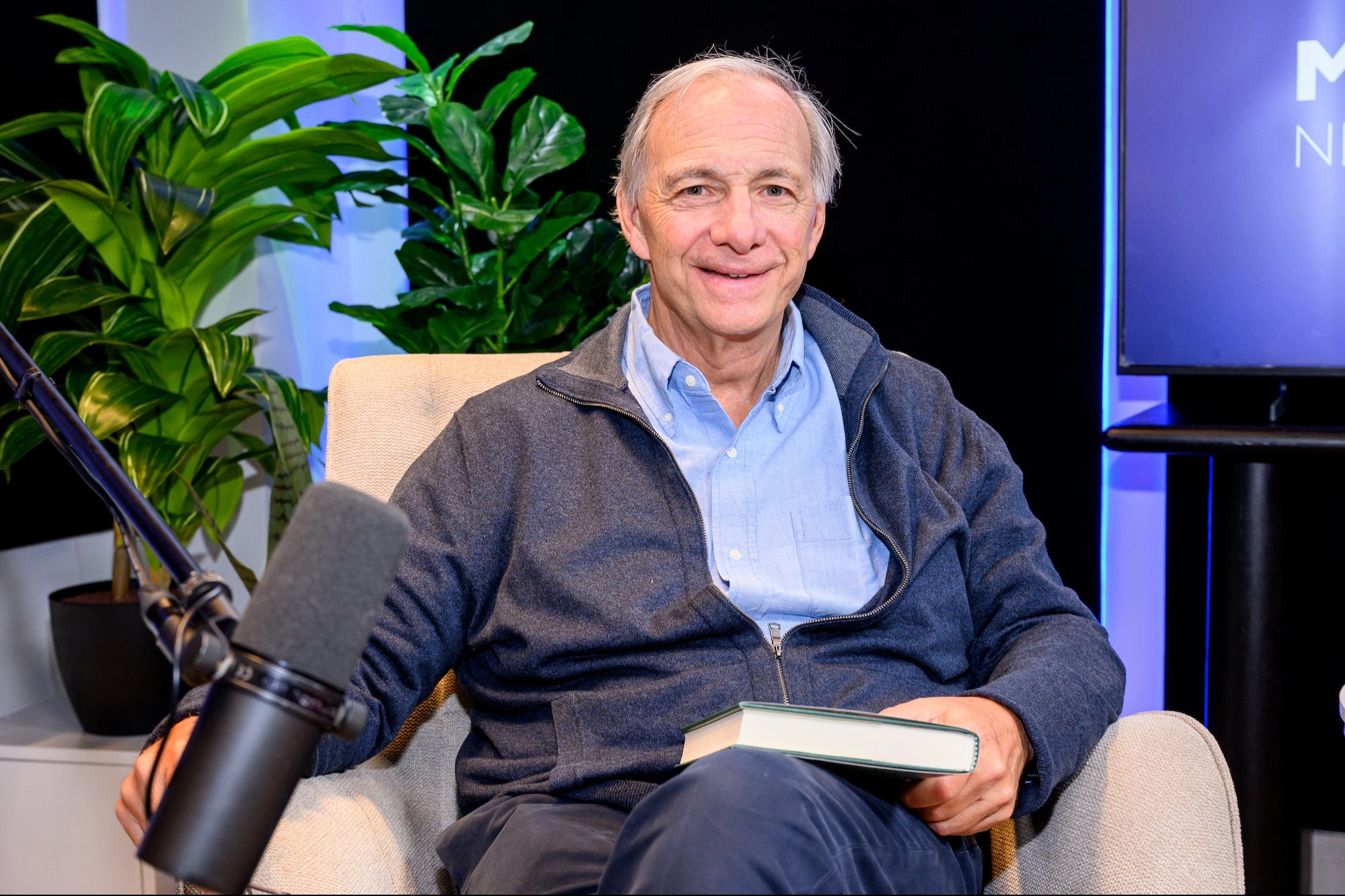How I Turned a Failing Business Into a $1 Million Powerhouse in Just 6 Months Here's how I addressed five major revenue drains and transformed a struggling business into a million-dollar success in just six months.
By Sarah Choudhary Edited by Maria Bailey
Key Takeaways
- Profit leak #1: Customers were coming, but they weren't staying
- Profit leak #2: Running ads without a conversion-optimized website
- Profit leak #3: I had too many products, but no best-sellers
- Profit leak #4: I wasn't charging what I was worth
- Profit leak #5: Relying on one revenue stream
Opinions expressed by BIZ Experiences contributors are their own.
Most BIZ Experiencess don't fail because of a bad idea — they fail because they're bleeding money in ways they don't even realize. I know because I was there. My business was breaking even, but no matter how much effort I put in, I couldn't grow past a ceiling. Sales were coming in, but profits weren't.
It took six months of focused execution to turn things around, and when I did, I hit my first $1 million in revenue. Not by working harder, but by fixing five profit leaks that had been draining my business all along.
This is the exact playbook I used — practical, numbers-driven and designed to plug revenue holes immediately.
Profit leak #1: Customers were coming, but they weren't staying
Most businesses focus on getting new customers instead of keeping the ones they already have. That's a massive mistake because it costs five or even six times more to acquire a new customer than to keep an existing one.
Here's what I changed to ensure the retention of my customers:
- Introduced a loyalty offer. I emailed my past customers with a "VIP Exclusive" offer that gave them early access to new products — 30% of them returned to buy.
- Built an automated follow-up system. I set up post-purchase emails (with zero extra effort) to re-engage customers, suggest related products, and offer discount codes.
- Made refunds easy. I used to think that making returns difficult would save me money. Wrong. When I made the process smooth, trust skyrocketed and repeat purchases increased by 21%.
This one change increased customer retention by 35% and added $210,000 in annual revenue without spending a dime on ads.
Related: 10 Lessons I Learned From Failing My First Acquisition
Profit leak #2: Running ads without a conversion-optimized website
I was spending thousands on ads — driving traffic to my site — but people were leaving without buying. My ad spend was high, but my return was abysmal.
Here's what I fixed:
- Redesigned the checkout page. I removed unnecessary steps, simplified the payment process, and added a "Buy Now" button above the fold.
- Added live chat support. Visitors who had questions converted 40% more often after chatting with a rep.
- Speeded up my website. A 1-second delay in load time can cause a 7% drop in conversions. I optimized my site and my conversion rate jumped from 2.3% to 4.8% overnight.
For every $1,000 I had spent on ads before, I had made $1,500 back. After these changes, that same ad spend was bringing in $3,800.
Profit leak #3: I had too many products, but no best-sellers
More choices equal more sales, right? Wrong. Studies show that too many options paralyze customers instead of helping them buy.
Here's what I did instead:
- Identified my top-selling products. I analyzed sales data and found that 80% of my revenue came from just 20% of my products.
- Killed the underperformers. Instead of stocking 50-plus items, I focused on the 10 best-selling items that customers actually wanted.
- Built scarcity and urgency. I limited stock and created a "Back in Stock" notification, which boosted demand.
By cutting 30% of my inventory, I reduced storage costs, increased profit margins by 22%, and streamlined my marketing focus.
Profit leak #4: I wasn't charging what I was worth
For years, I was terrified of raising my prices. I thought, if I charged more, people would leave.
But what I learned is this: People don't buy based on price. They buy based on perceived value.
Here's what I did:
- Increased prices by 20% — but added perceived value. I didn't just raise the price; I improved packaging, added bonuses and created "premium" versions of my best-selling products.
- Tested pricing psychology. Instead of $50, I priced it at $49 (charm pricing) and introduced "bundle deals" that made higher-priced options look like a steal.
- Used competitor benchmarking. I wasn't the cheapest anymore, but I was positioned as the best value.
Sales volume didn't drop, but my profit per unit jumped 27%, adding an extra $310,000 in profit in six months.
Profit leak #5: Relying on one revenue stream
One of the biggest mistakes BIZ Experiencess make? Relying on a single source of revenue. If that stream dries up, so does your business.
Here's what I changed:
- Added a subscription model. Instead of selling one-time products, I introduced a monthly subscription box for my best customers. Within three months, I had 700-plus subscribers paying $29/month, creating a predictable revenue stream.
- Created an info product. I turned my business knowledge into an online course and sold it to my email list. Within 30 days, I made $85,000 from a digital product with zero inventory.
- Started partnerships. I partnered with a complementary brand to cross-promote our products, bringing in 7,000 new customers in one campaign.
This diversification strategy added an extra $450,000 in revenue in six months.
Related: Why Failure Is Crucial To Success
Final takeaway: Small fixes — big profits
The biggest myth in business is that you need to work harder to make more money. In reality, you just need to work smarter.
By fixing these five profit leaks, my business went from barely breaking even to making over $1 million in six months.
Here's your million-dollar action plan:
- Audit your business for these common profit leaks.
- Make small, high-impact changes. Don't overhaul everything — fix one leak at a time.
- Test and optimize. Track what works, cut what doesn't.
You don't need to reinvent the wheel — you just need to stop the revenue leaks and scale the things that work.
If I could turn things around in six months, you can too.












